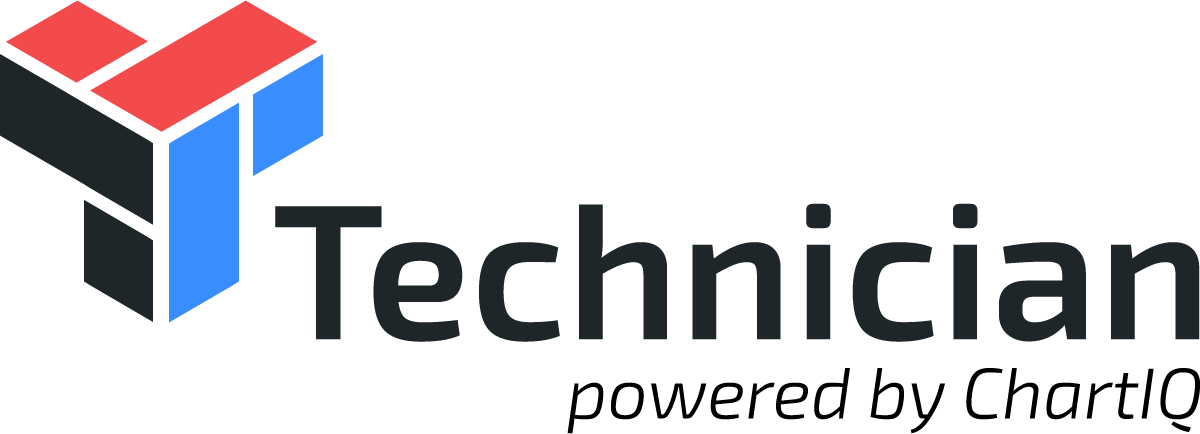The Basics
Typical Price is an average of the high, low and close and is often used to represent the period’s value taking into account the period’s range.
Indicator Type
Price indicator
Markets
All cash and futures, not options
Works Best
All markets and time frames
Formula
The formula is a simple average of the period’s open, high and low.
ChartIQ allows you to calculate a moving average based on the typical price over a user defined span. It works the same way as a simple average of the other data points (open, high, low or close) works.
Parameters
Select the parameter similar to your favorite moving average parameter. Stock and commodities traders use 50-day averages. Bond and currency traders use shorter averages.
You can select to overlay the result of plot it in a separate pane. Most users choose overly by selecting the box.
You can also select the color by selecting the Result box to bring up the color palette.
Theory
The direction of the moving average (higher, lower or flat) indicates the trend of the market and its slope indicates the strength of the trend. Longer averages are used to identify longer-term trends and shorter averages are used to identify shorter-term trends. Many trading systems utilize moving averages as independent variables and market analysts frequently use moving averages to confirm technical breakouts.
Many studies use typical price as their input price instead of the close.
Interpretation
Typical analysis involves price crossovers with the average. It is a lagging indicator but can confirm that a change in trend has taken place. When coupled with a trend line or support/resistance violation, the signal becomes quite reliable. Averages give traders an idea of support and resistance areas but they should not be used alone to determine trade triggers. Overshoots of averages are common although using an envelope of the averages of highs and of lows can help mitigate this.
In this chart of DuPont we can see periods of choppy trading and periods of steep trends. The 10-day typical price average in black seems to react more slowly to the market than the 10-day simple average based on the close. Mathematically, the close average will fall more quickly than one that considers the opening price in a down trend.
Which one to use is a personal preference.
Math
Typical Price = ( high + low +close ) / 3
The moving average is calculated as a simple moving average
| Mov Avg = |
P + P1 + … + P(n-1) |
| n |
